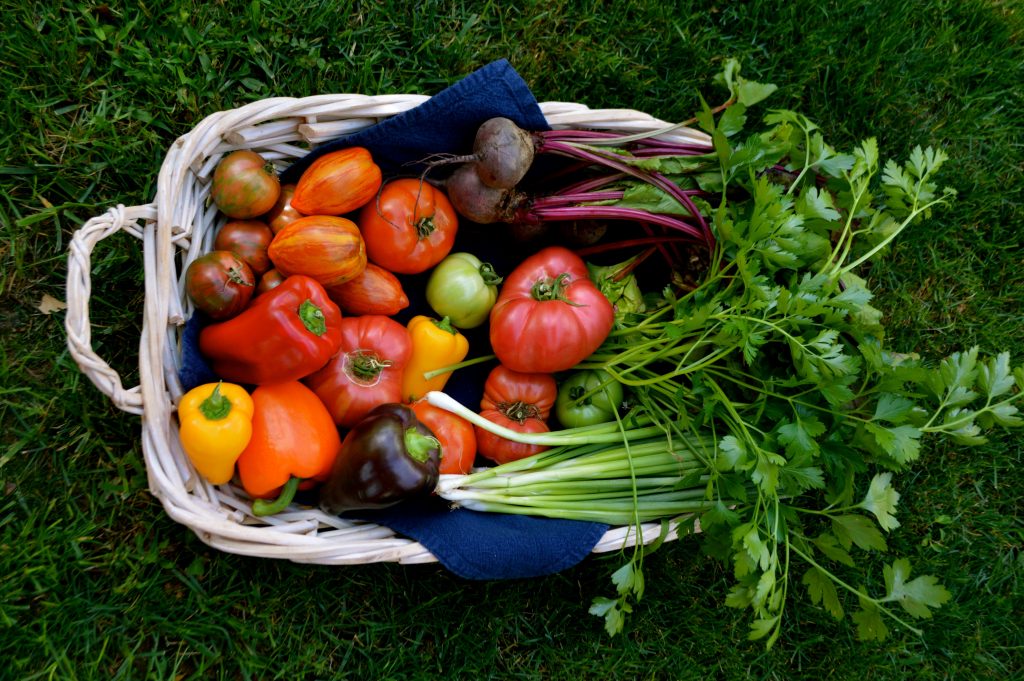Usually my grocery bill is pretty predictable. But is seems over the last month I’ve been spending more money on food. The cost of food got me wondering if home gardening might actually make my food dollar stretch further.
Food Costs
At first I though, maybe I am spending more on food because I’m buying more food than I need. Or my splurge food here and there were really adding up.
But, it turns out I wasn’t imagining In April of this year, we experienced the greatest hike in food costs since February,1974. By category, we saw a 4.3% increase in meats poultry, fish and eggs and 2.9% increase for cereals and baked goods. Prices for fruits and vegetables increased 1.5%.
A Case for Home Gardening
But could a home garden really help offset by food spending?
In 2014, Gail Ann Langellotto asked whether home gardening really does extend the food budget for her research What Are the Economic Costs and Benefits of Home Vegetable Gardens? in eJournal of Extension. In summary, she found:
- The value of home gardening could be between $113 and $1133 over the cost of seeds, starts, soil, stakes, water and other investments, not including any labor. Six years later, we can still find these numbers persuasive for picking up the shovel and scattering some seeds.
- Whether your garden is in the yard, a raised bed or container, Langellotto’s calculated financial benefit ranged between $0.24 and $1.52 per square foot.
- Even accounting for the gardener’s sweat investment, the garden value could be as much as $0.78 per square foot.
Changes in Gardening
From year to year, the gardening process– tools, supplies, and methods, don’t really change. Adjusting for current pricing using an inflation calculator from the Bureau of Labor Statistics, six years later the case for home gardening is still economically strong.
Getting the Most Out of Your Garden
Of course, the value of your garden will depend on what you plant, the soil quality and the your knowledge, skill and effort. You can up your success by planting tomatoes, leafy greens, peas, strawberries, squash and eggplant, which were found by Langellotto to be the top producing plants relative to the investment.
Don’t worry if you haven’t planted any fruits, veggies or herbs yet, there is still time to find a sunny spot in the yard or use a container. For a summer harvest, plant pre-started plants or seed for a fall harvest.
